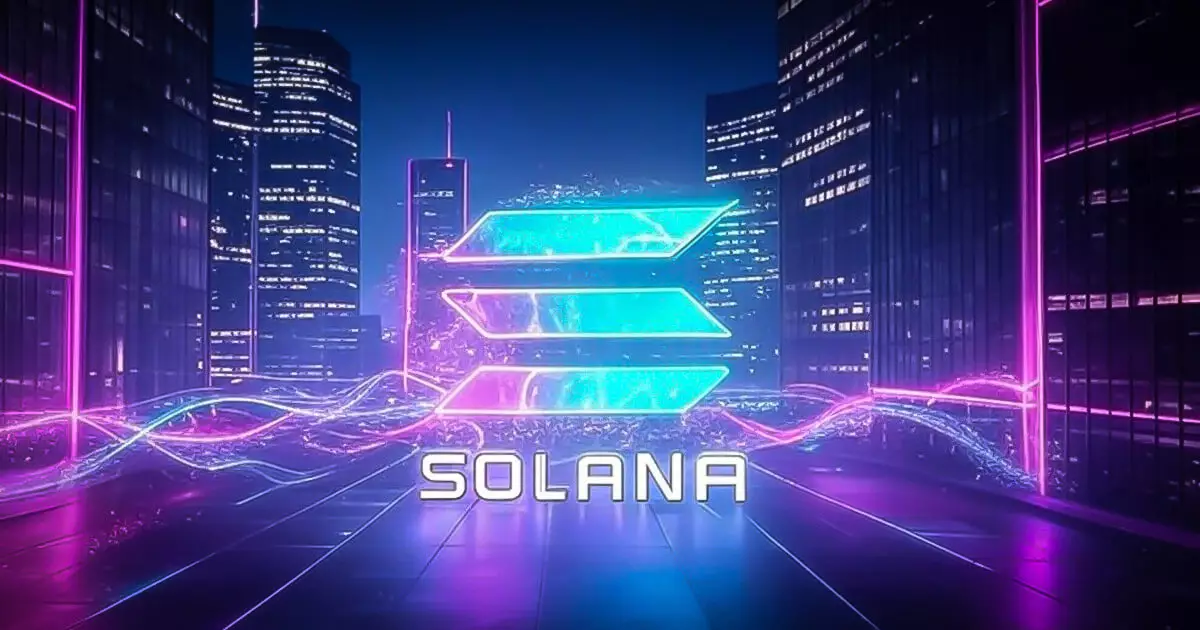Coinbase’s recent extension of its self-service asset recovery tool to include lost tokens on the Solana network marks a significant milestone in the realm of cryptocurrency management. This announcement is not just a technical upgrade; it’s a shift towards greater user empowerment within a landscape that has often exacerbated feelings of helplessness among investors. Historically, the crypto ecosystem has been fraught with uncertainty, especially regarding the permanence of erroneous transactions. With this new feature, Coinbase is not only easing the anxiety of its user base but is also sending a clear message about the importance of self-custody.
However, one must look deeper into the implications of this expansion. The ability to recover unsupported SPL tokens should be viewed as a double-edged sword. On one hand, it offers a glimmer of hope to many who have lost assets through simple human errors. On the other, it might encourage a lax approach among users who could presume that mistakes can always be rectified, potentially leading to increased negligence in handling digital assets.
Market Manipulation or Genuine Support?
While Coinbase claims that it is streamlining user experiences by implementing this tool, skepticism is not unwarranted. The announcement clearly states that not all SPL tokens are eligible for recovery and that users must verify the authenticity of their assets. This raises questions about transparency: How can users be assured that they are dealing with genuine tokens? The known absence of a complete listing review for recovered assets could potentially leave users vulnerable to scams and poorly vetted tokens. Are we simply inviting more chaos into an already convoluted ecosystem?
Coinbase’s decision to enforce a 5% recovery fee for amounts over $100 adds another layer of complexity. This fee, which is imposed in addition to standard network fees, could be seen as a discouragement for users seeking to recover smaller amounts. The fine print indicates that the intention may not purely be altruistic but may also serve the platform’s revenue interests, a prospect that could deter less experienced users from even attempting to reclaim lost assets.
Rethinking the Framework of Self-Custody
This expansion into the Solana ecosystem aligns with a much larger trend in cryptocurrency: the necessity for user-friendly solutions that promote better self-custody practices. As more networks and token types become available for recovery, users are going to need guidance on navigating these complexities. Coinbase’s emphasis on avoiding dependency on customer support is commendable but could also be a ploy to reduce liability while offloading responsibility onto users. What does this suggest about the future landscape of digital asset management? Only time will tell.
The technical constraints associated with asset-specific complexities draw attention to the need for maintaining a proactive mindset regarding digital asset safety. Coinbase is being presented as a beacon of hope, but does their self-service model cater more to the experienced investor rather than the casual trader? As the crypto market evolves, the gap between those who understand the intricacies of blockchain transactions and those who don’t may only grow wider.
In embracing these changes, Coinbase positions itself as a leader while shedding light on the persistent challenges that still plague the market. It is essential that as users, we remain vigilant and aware of the implications of such innovations in self-service recovery. Each advancement brings both opportunities and responsibilities that we cannot afford to overlook.
















Leave a Reply